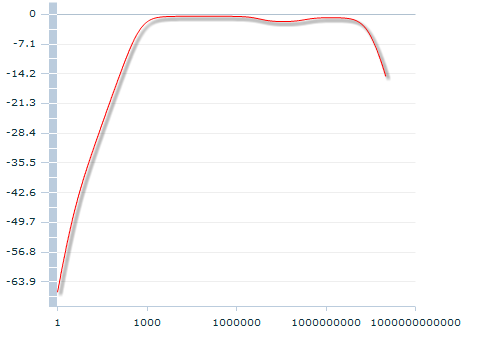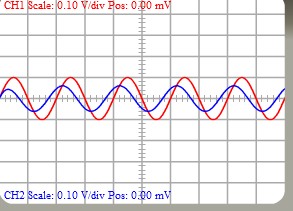Follow along with the video below to see how to install our site as a web app on your home screen.
Note: This feature may not be available in some browsers.
Yikes! I think you might have got lost in the maths there. I certainly got lost trying to follow it.i am sewnding you my calculation,please check it..



What output do you want?yah ,i have done all these suggested by you,still not getting output,will you please suggest me values for RX,CX,RY,CY....


